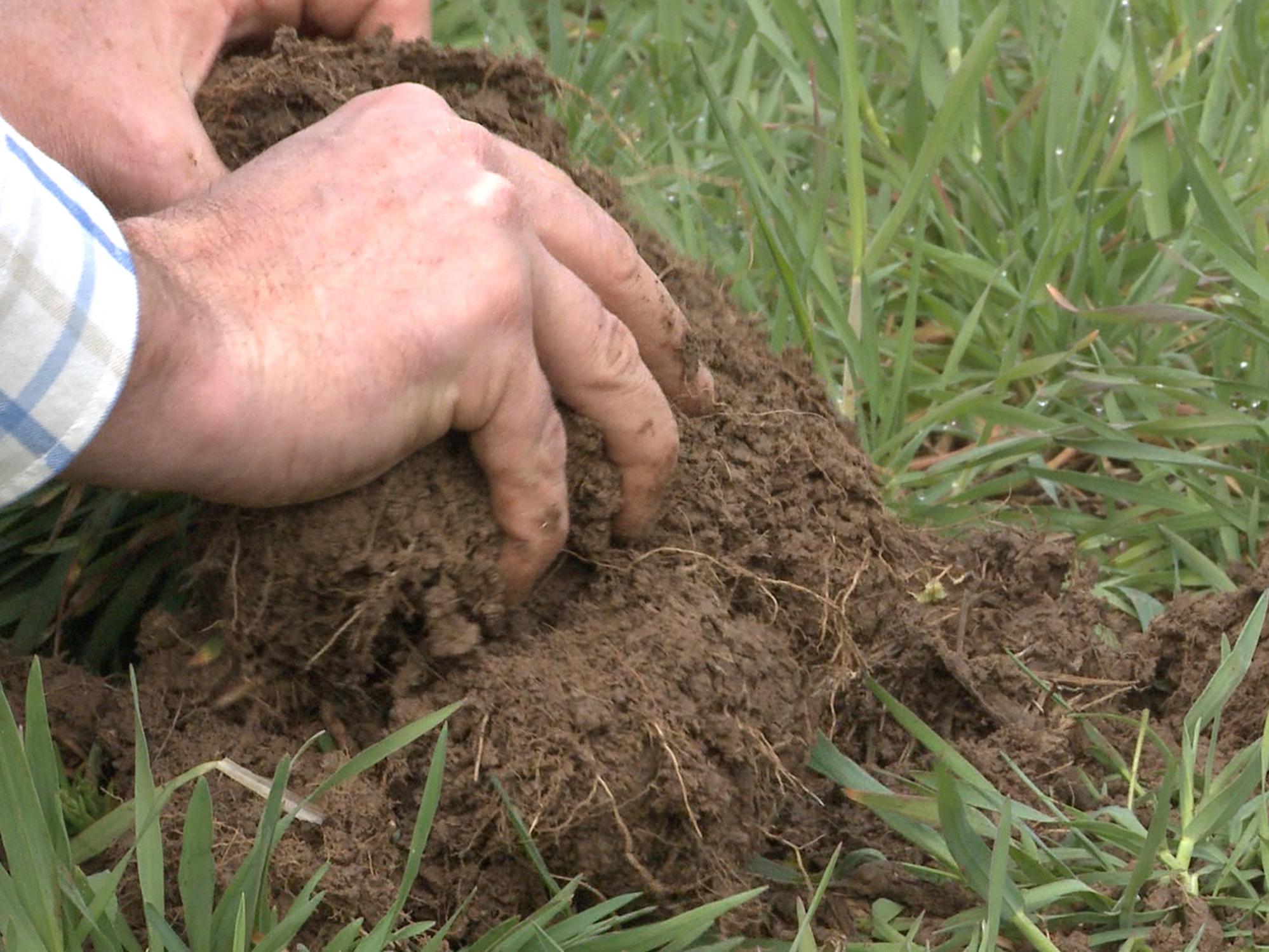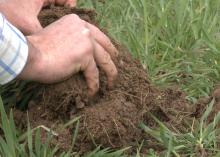Information Possibly Outdated
The information presented on this page was originally released on November 10, 2017. It may not be outdated, but please search our site for more current information. If you plan to quote or reference this information in a publication, please check with the Extension specialist or author before proceeding.
Cover crop acreage brings big benefits
STARKVILLE, Miss. -- A recent survey revealed that thousands of farmers are planting cover crops and reporting benefits from the practice.
While only a few respondents to the fifth annual cover crop survey were from Mississippi, the study revealed more landowners appreciate the practice of growing crops to protect and enrich the soil. Most respondents were from the Midwest in the survey conducted by the Sustainable Agriculture Research and Education program and the Conservation Technology Information Center.
Cover crops are sown between growing seasons and usually not harvested for profit. In some areas of Mississippi, cost-share programs are available for cover crops under the U.S. Department of Agriculture Natural Resources Conservation Service’s practice code 340.
 Beth Baker
Beth BakerLarge agricultural producers and small gardeners alike know that soil health is just as important to success as water and sunshine.
Of 2,012 survey respondents, 88 percent reported using cover crops, with years of experience ranging from just one year to more than 10. When the first survey was conducted in 2012, farmers reported planting an average of 217 acres of cover crops. That number steadily rose to an average of 400 acres in 2016, and it is projected to reach 451 acres in 2017.
Paralleling a continued emphasis on sustainable soil management, 86 percent of respondents noted soil health as a key benefit of planting cover crops. Fifty-four percent reported that soil health benefits began in the first year of use.
Despite the benefits and growing popularity of integrating cover crops into production systems, maximizing the benefits of the practice takes time, careful planning and research. If not implemented properly, cover crops can most certainly create pitfalls. Here are three tips for getting the most out of a cover crop.
First, identify your goals for the upcoming season and select the appropriate cover crop or mix of cover crops. Some reliable choices for the Southeast include cereal rye, oats, wheat, radish, winter pea and vetch.
Second, proper timing is one of the most important aspects of planting success. By this time of year, it may be best to just start researching for 2018. Optimal planting time for many cover crops is relative to the potential for frost. In Mississippi, the average first frost dates range from Oct. 26 to Nov. 5. Sow seeds about 30 days before the first anticipated fall frost date in your part of the state.
Third, choose a cover crop that is easy to kill when you need to prepare for the upcoming cash crop planting season. The timing, effort and method of termination are also crop-dependent.
Many local, independent businesses carry seed for cover crops, often available by the pound -- a plus for small gardens. Co-ops and garden centers can order seed, as well.
For more information on choosing and planting cover crops in gardens or fields, call or visit the local office of the Mississippi State University Extension Service.
For more information about water conservation, contact Beth Baker with the Research & Education to Advance Conservation & Habitat (REACH) program at MSU at 662-325-7491 or beth.baker@msstate.edu.
 [Editor’s Note: Extension Outdoors is a column authored by several different experts in the Mississippi State University Extension Service.]
[Editor’s Note: Extension Outdoors is a column authored by several different experts in the Mississippi State University Extension Service.]

Editor’s Note: Extension Outdoors is a column authored by several different experts in the Mississippi State University Extension Service.









